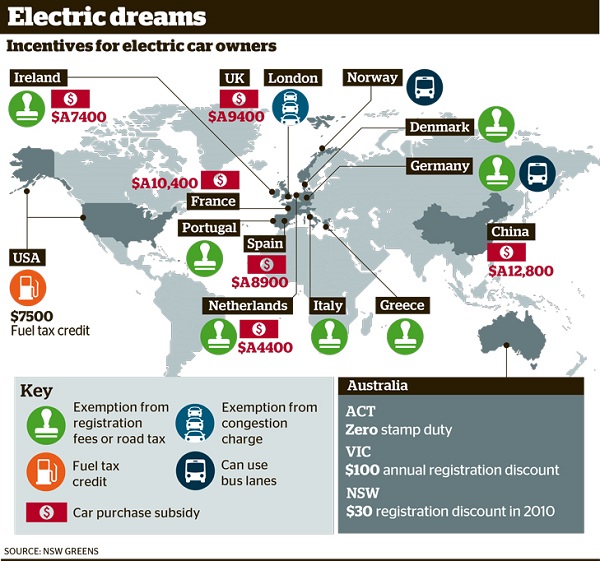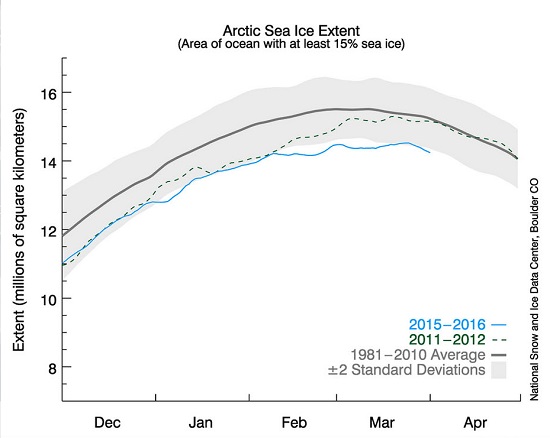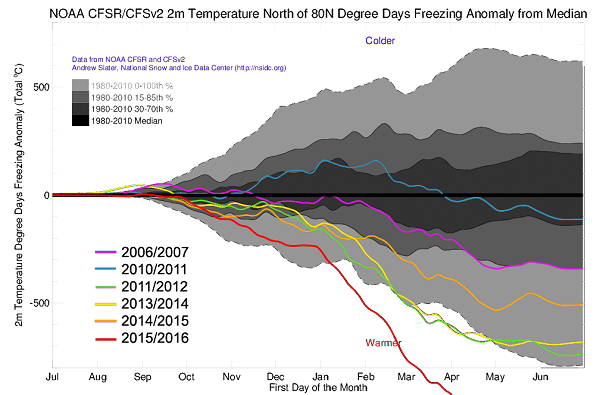1. Tesla 3 sales going gangbusters
- Demand for Tesla Motors’ new lower-priced electric car surprised even the company’s CEO Friday as 198,000 people plunked down $US1,000 ($1302) deposits to reserve their vehicles.
The orders came from across the globe even though the car isn’t scheduled for sale until late in 2017.
That was $7.5 billion worth in the first day it went on sale.
There’s a cautionary note at Deutsche Welle:
- After more than a decade of operation without a single year-end profit, Tesla is at a make-or-break moment with its Model 3, an all-in bet on the future of electric vehicles. If it doesn’t work out, the company seems unlikely to survive. But in any case, Musk’s ultimate goal – bringing forward the EV revolution – looks sure to live on.
Some experts on the BBC the other night put Tesla’s chances of survival at less than 50%. But the concept has arrived and others will soon be making competitive electric cars.
The Greens are arguing for concessions to encourage purchase, including waiving stamp duty and access to bus lanes. Here’s a graphic of what other countries do:

2. Redflow takes on Tesla Powerwall with ZCell home battery
Graham Bell posted a link in the earlier thread. There’s more at RenewEconomy here and here.
Redflow uses zinc–bromine flow technology rather than lithium iron. The main advantages are that it can discharge power more rapidly, can empty right out, doesn’t overheat, lasts longer and is recyclable. With ZCell you get 10kWh for between $17,500 and $19,500, compared to Powerwall around $9350 for 7kWh.
Neither is yet a decent money-saving proposition. Redflow is banking on well-off people with a conscience to get the market established.
3. Antarctic melting will push sea levels higher than previously thought
A recent study took a new look at Antarctic warming and its effect on sea level rise. From the study abstract:
- Antarctica has the potential to contribute more than a metre of sea-level rise by 2100 and more than 15 metres by 2500, if emissions continue unabated. In this case atmospheric warming will soon become the dominant driver of ice loss, but prolonged ocean warming will delay its recovery for thousands of years.
At Climate Central our John Church was a bit cautious, but positive towards the paper, saying the projections were not unrealistic. NASA scientist Eric Rignot said the projections were “absolutely realistic.”
Rignot said James Hansen’s alarming paper, now revised, where he was a joint author, was a worst case scenario.
On 8 February Carbon Brief reported on two studies on ice sheet melting that give no joy. One, for example, looks at the implications of the IPCC RCP4.5 scenario (see Figure 1 of this post – it involves emissions of 538ppm). It sees sea levels of 25 metres eventually, with this warning:
- Approximately 1.3bn people today – 19% of the global population – live in coastal areas less than 25m above sea level, the paper notes.
These estimates are conservative. As I pointed out in Scoping long-term sea level rise paleoclimate evidence indicates that 380 (360-400)ppm gives a temperature variance of 2.7 to 3.7°C and SLR of 25m (±5).
4. Arctic sea ice record
The winter Arctic sea ice extent maximum is the lowest on record:

- The maximum extent is 1.12 million square kilometers (431,000 square miles) below the 1981 to 2010 average of 15.64 million square kilometers (6.04 million square miles) and 13,000 square kilometers (5,000 square miles) below the previous lowest maximum that occurred last year.
For the full story see Neven’s 2015/2016 Winter analysis and his Winter analysis addendum (or look at the pictures and read the conclusion).
January and February have been exceptionally warm. This chart is an attempt to represent how much freezing has been going on:

As you can see this year has dropped off the chart.
- This winter, that warmth reached astounding levels, with air temperatures over the Arctic Ocean ranging from 4°F to 11°F (2°C to 6°C) above average in nearly every region.
This has set us up for a record summer low, but doesn’t by any means ensure it.
5. Unnecessary new coal-fired plants still being built
Nearly $1 trillion (£700bn) is being invested in new coal-fired power plants worldwide despite the fact that the demand for electricity generated from coal has declined for two years in a row, shows a new report released today.
And:
- Last year the global power sector added at least 84 gigawatts (GW) of new coal power capacity. This is a 25 percent increase from 2014.
As the report explains, across the world a generating capacity equal to 1,500 coal plants is either in construction or in various stages of planning. The amount of capital potentially wasted on these plants comes to US$981 billion.
Yet, the average coal plant is running fewer and fewer hours each year.
In India:
- 11GW of thermal capacity is lying idle. Last year saw the first drop in India’s annual coal power installations since 2006 and the report expects this the drop “to be even more pronounced” in 2016.
In this context the Queensland Government has approved mining leases for the $21.7 billion Carmichael coal mine and rail project in the Galilee Basin, a move termed “morally bankrupt”. Seems Adani will not finally make an investment decision until the two current court cases are resolved. That will take a while and sense may finally prevail.
6. Giant new step in biofuels!
A biofuel pilot plant worth $16 million was launched in Gladstone last week. The Queensland Government is spruiking it as a giant step forward, with the aim of creating a whole new industry.
- The plant will use biomass material such as sugarcane bagasse and possibly prickly acacia as feedstock for the production of bio crude oil, which will then be distilled into saleable kerosene and diesel products.
The US and Australian navies are involved.
I can only find good news. Does anyone have reservations?


Downside of Biofuels?. The usual ones of land that could be used for producing food are taken up producing fuel (and chemical feedstock), and, carbon dioxide being emitted during the production of biofuels.
Did I hear that the impetus for the current moves for biofuels here came from the United States Navy?
Bagasse can be good fuel for mill power generation but it is only available for part of the year. The cane “trash” left on the ground by harvesters is important for soil health. So the basic fodder for the bio fuel plant will certainly be more than cane residue.
Prickly acacia is a pest weed and is found in the region but I’m not sure of spread or density. In any event it has a limited harvest time (May-Sept) to avoid spreading seed. You can read about it here:
https://www.business.qld.gov.au/industry/agriculture/species/declared-pests/weeds/prickly-acacia
You will notice the methods for harvesting acacia are pretty rough and the ground will be damaged. But it seems that the weed also has its own negative environmental impacts. So it is reasonable to look at the total environmental cost before wholesale destruction is condoned. The forced clearing of Brigalow scrub in Queensland led to the on-going discharges of the Burdekin River into the Barrier Reef lagoon.
I am a bit distrustful of this excited press release. Like all such releases it is contrived and frequently spun to give an impression of good government. Two hundred million litres per year is ~548,000litres/day. The outbound logistic are OK, about 10 B-doubles per day. Inbound feed-stock might be an issue unless it can be concentrated at origin points.
For perspective, the world uses about 120 million US gallons of jet fuel per day. If my ancient math is correct, 200 million litres of bio fuel will supply the planet with a tad over two days of jet fuel.
Geoff
They stockpile it at Racecourse Mill and use it all year round. Produces 25-30% of Mackay electricity apparently.
( If you ever go through Sarina just South they have another very important byproduct, Sugar Shed Rum. )
This is the one thing that the Americans don’t do in the production of their corn ethanol. The use the stover as stock food rather than fuel to power the distillation process and electricity production. This, apart from the fact that they still use till farming practices, is why corn ethanol looks so bad from an eroei calculation pov with the energy content of the stover excluded and its replacement gas included. The stock food return improves the economics of corn ethanol but it does nothing for the eroei calculation as performed by the usual dishonest detractors.
It was interesting to see on Landline that SA farmers have embraced non till cultivation. Some NZ businesses are doing very well manufacturing the seed drills and electronic seed feeders.
On sea level, there is an interesting summary/explanation on Hansen’s paper in a comment by Newtonian at Quiggin’s.
I haven’t had a chance to look at it in detail.
Hansen is often alarming, but he takes the full risk seriously.
Just backing up on Hansen, from memory he thinks ice sheet melting may be exponential. It’s too early to tell for sure. It’s like trying to forecast when our observations only cover perhaps a third of one per cent of the trajectory.
Now the main driver of sea level rise is the thermal expansion of the oceans. But if all the ice melts that will only account for a few metres of the 75 or so that we’ll get.
The Gizmag article was titled
“A Drone mounted chainsaw, what could possibly go wrong??”
So from those enterprising Finns comes…
blob:https%3A//www.youtube.com/c88909e9-90f5-4aeb-87b7-f03012ecb63f
wrong link
https://youtu.be/6Viwwetf0gU
Geoff Henderson and Jumpy: There are all sorts of trade-offs in using bagasse (sugar can milling residue). Do you extract all the you-beaut cellulose, waxes, etc. and burn or convert the remaining sugars and lignum or to do you utilize the bagasse without further processing to produce one or two things. There are all sorts of energy, storage and capital costs too. Still, it beats wasting the bagasse just to heat up deliberately-inefficient boiler stations like in the bad old days.
Graham
We already get sugar, mill mud ( fertiliser ), molasses and baggasse electricity.
If you can suggest another value add, please explain it, our farmers will appreciate it.
Just like the nitrogen fixing legume peanut for crop rotation on fallow paddocks that reduces erosion as well as expensive fertiliser input .
Jumpy: Cellulose and the like – that’s why some mills/factories overseas turned out paper and cardboard. Not all the waxes come out in filter-mud/ filter-press: a lot remains in the bagasse and goes to waste. There’s 20th Century technology for profitable squeezing the last little bit of value out of whatever goes into a mill/factory carrier ( who knows what marvel the 21stC. has delivered?) – and that’s not including any dumped car-bodies the big magnets picked up back in the old day in the U.S. sugar factories.